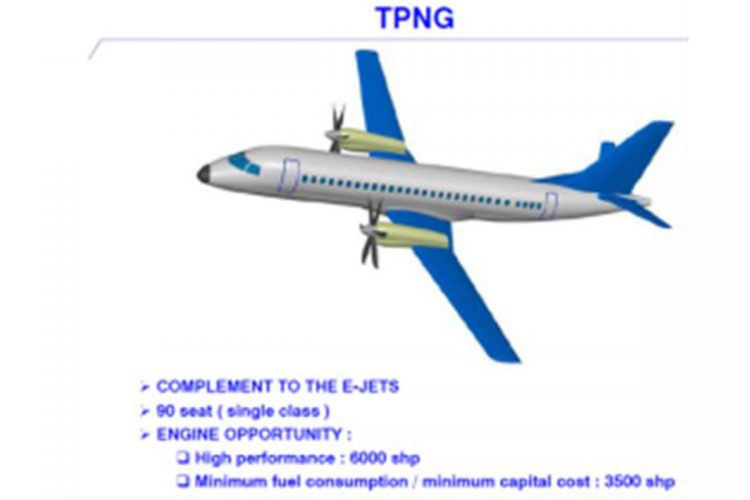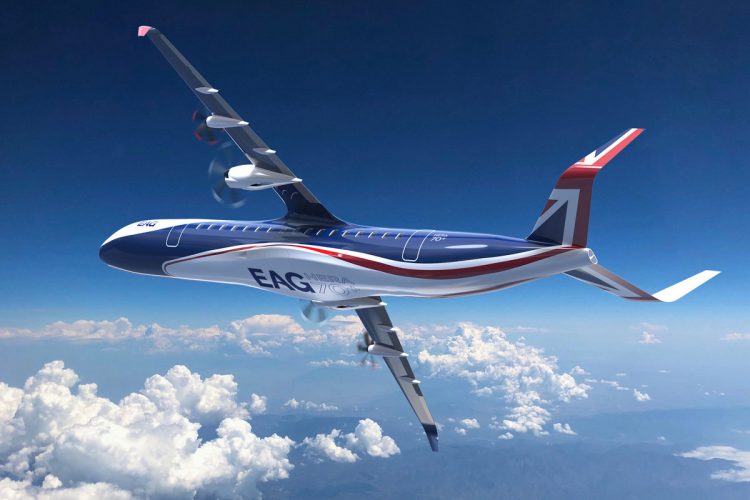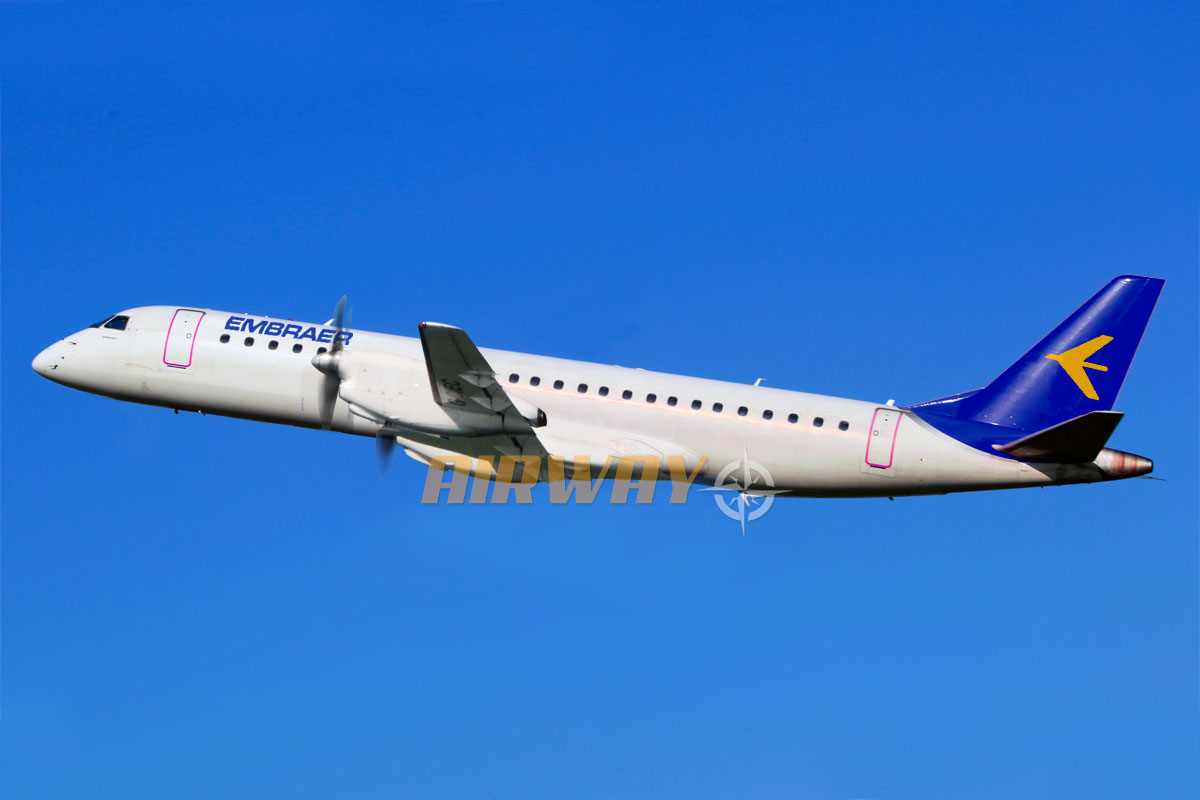Embraer faces a dilemma regarding the studies of a new passenger turboprop aircraft. The project is being played in the background by the company, through talks with suppliers and market research, but without a clear forecast on its launch.
This week, at digital seminars promoted by Farnborough Airshow Connect, executives from the Brazilian airframer spoke about the project. For the Embraer’s vice president of marketing Rodrigo Silva e Souza, “the demand (for a turboprop aircraft) will increase because of the ‘green’ component, to reduce emission.”
According to Souza, a new airplane model can reduce CO2 emissions by up to 25% using the technology currently available. Embraer, he says, has been working on the concept for a long time, but admits that new disruptive technologies mainly related to propulsion make it difficult to decide on a final configuration.
“It’s a question of the timing of the technology and demand itself. The electric and hybrid propulsion technology it has been start from smaller aircraft” which may delay its adoption in larger aircraft.
Embraer’s vice president of marketing predicts that an aircraft with a more conventional proposal could reach the market from 2025 as a more advanced configuration, around 2030. “We have been studying for a while a larger aircraft from 70 to up to 100 seats where the technology is already in place to bring that aircraft to the market,” he explained.
Souza also said that Embraer’s intention is to “bring as earlier as possible the solution” to the market, but the commercial division’s CEO, Arjan Meijer, said at Flight Global digital conference that it will first be necessary to overcome the Covid crisis. “We have to get through this, and then we will think about next steps,” he said.

Smaller planes
Embraer’s optimism regarding the recovery of passenger traffic demand is based on surveys that show that aircraft with 70 to 150 seats are being used more during the coronavirus crisis. On airlines such as Japan Air Lines, the fleet of E-Jets has practically continued to fly almost without interruption, unlike larger narrowbodies.
Although the planemaker did not reveal details about the design of the new turboprop plane, an image of a model under study shows a conventional, low-wing configuration with engines equipped with six-bladed propellers. The fuselage, it seems, would be taken advantage of jet models to reduce costs.
Currently, the turboprop aircraft market is dominated by ATR, which has little competition from the Dash 8 model, whose sales rights have been passed on by Bombardier to Viking Air. There are also initiatives in Russia and China, but which should only meet demand local.


